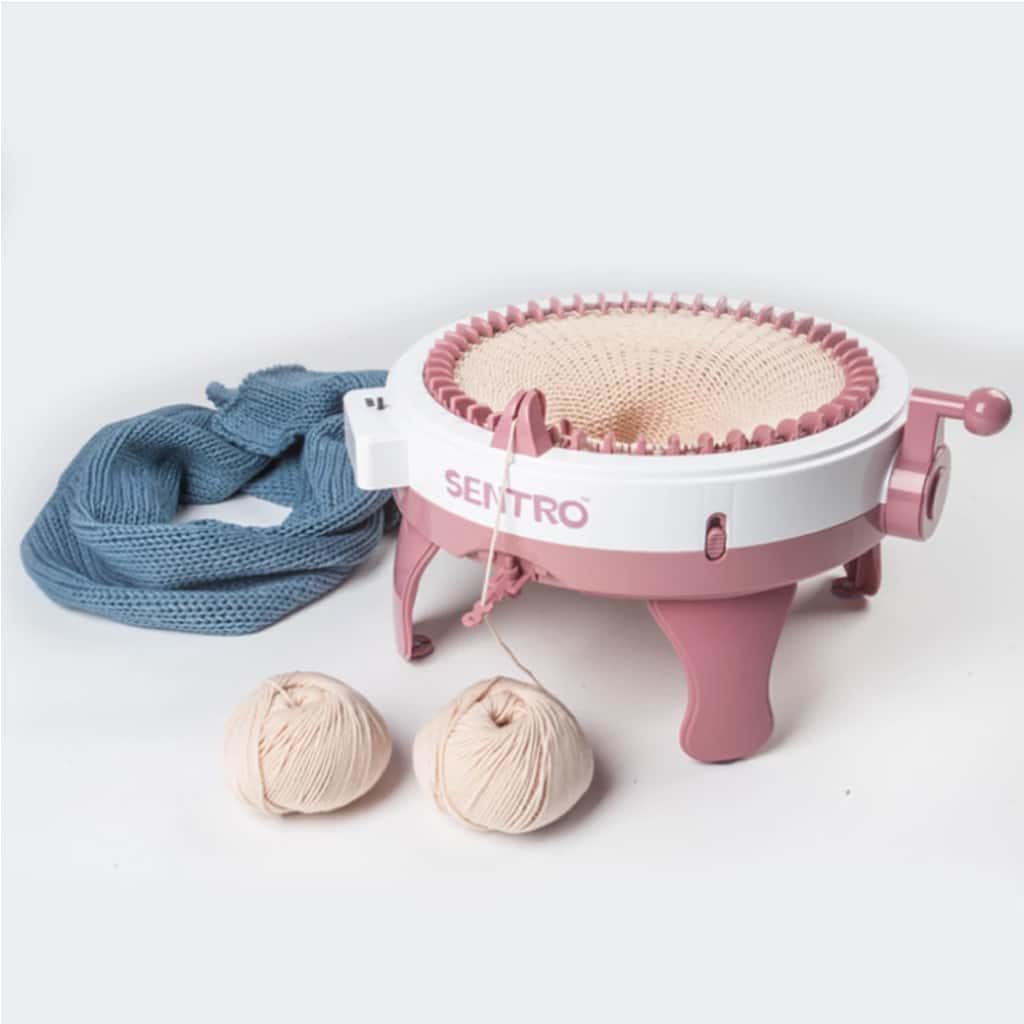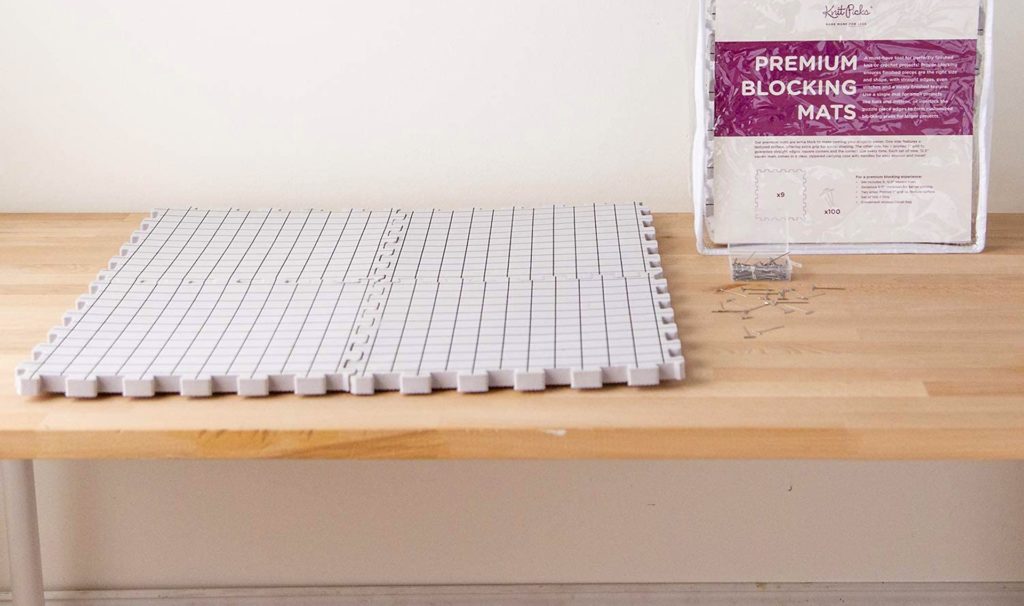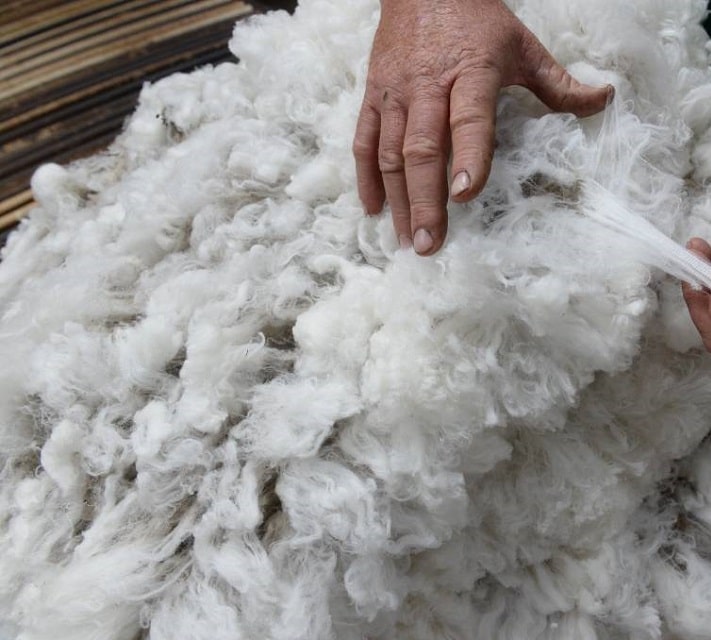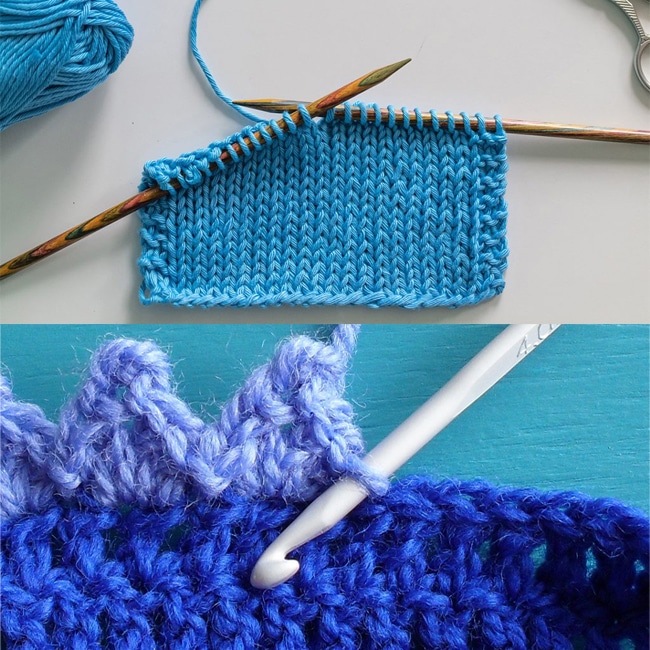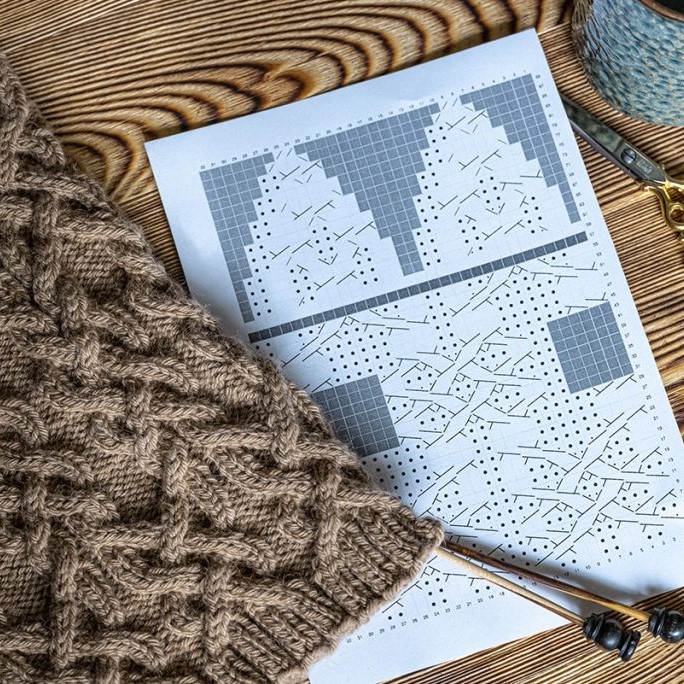

Blocking is a crucial step often overlooked by most knitters. It greatly improves the look of even the simplest knit work by a knitting beginner. Have you ever wondered why your knits don’t look like the ones on pinterest or magazine from which you got the style inspiration? Most knitters don’t consider blocking because they don’t have enough information about the process and how to go about.
Blocking knitting smoothens and evens out he stitches on your project. It also sets the final dimensions and gives your project the final professional look. Contrary to popular opinion, the process is not that complicated. Don’t be intimidated by it. With a little practice, you will realize the results are worth all the effort. Read on to find out how you can transform a crumpled piece of knitting into an exquisite piece with a professional finish through blocking knitting.
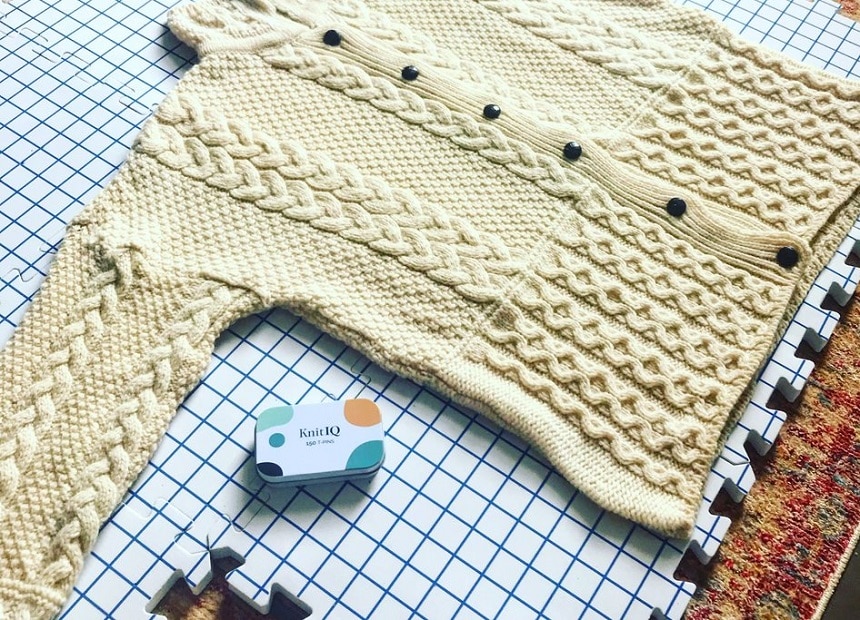
Blocking involves the stretching and shaping of a finished knit to get the dimension suggested in its patterns accurately. It is also performed to make 2 pieces that need to match the same size or make your stitches look better and more even. Anything made with lace looks better when blocked because the process opens up the design to showcase the beautiful holes and patterns.
There are 3 methods of blocking: steam, wet and spray blocking.
This is a method mostly preferred for man-made fibers, wools, wool blends, and some novelty yarns. Before wet blocking anything, check its label for instructions to avoid causing any irreversible damages to it. For example, there are some novelty yarns that can fall apart when wet.
This is the simplest and the gentlest blocking process. It is perfect for expensive and delicate fibers like cashmere and silk. If you are not sure what kind of yarn you are dealing with, you can simply make-do with spray blocking.
This is somehow similar to wet blocking except you use steam in place of water to relax the fibers of the yarn. It is the most ideal method for fibers that are not supposed to get wet and cottons that lose shape when soaked in water. It is also not the best for human-made fibers. Human-made fibers are prone to damage when heated or steamed.
Here is why you should be blocking all of your knitting projects:
When you block a knit piece, its natural fibers relax through the process. Its stitches are evened out and the fabric is smoothened giving it a neat professional finish.
Blocking stretches and shapes fibers. All fibers can be blocked and stretched. Most natural fibers remain in their blocked size and shape until they get wet or are re-blocked. If you want your projects to have a certain size or shape use an appropriate blocking method depending on the type of fiber you have used.
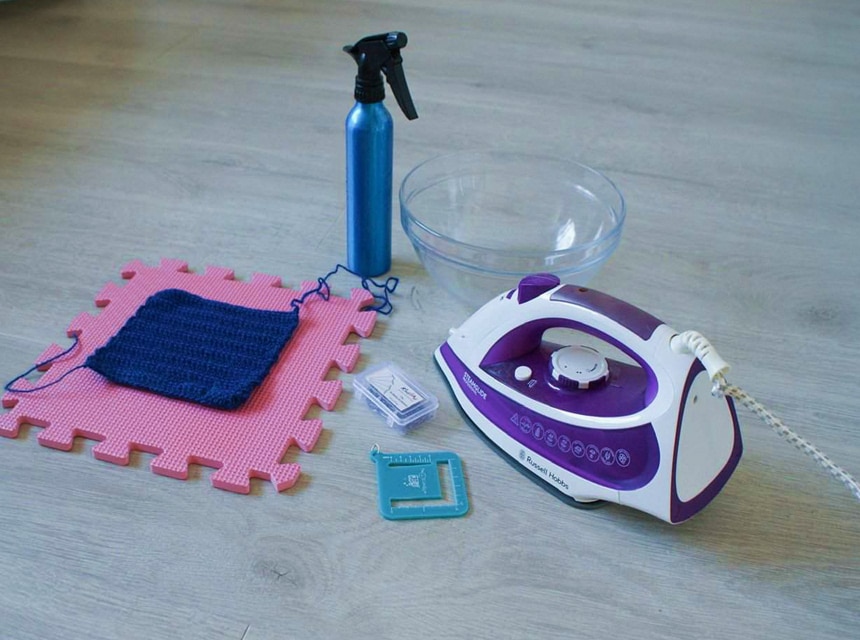
There are specific tools specially made for block knitting. Some of them you might not find useful or necessary but they have a role to play in the process anyway. They include:
These are usually made of heat-resistant material for longevity. They also have clear grid lines that allow you to get accurate measurements of your pieces. You can insert pins deep into them several and they’ll still hold up well. Plus, you can easily fold them up for storage.
The KnitIQ Blocking Mats remains the most acclaimed blocking boards/mats on the market. Experts swear by them because of their robust thick dense foam build. Their grid lines are also very clear for precise blocking. What’s more each of the mats’ sets comes with a reusable storage bag and 100 T-pins. Talk of big bang for your back.
These are the most recommended pins for use in block knitting. They are just like normal straight pins except they have a head shaped like the letter T. The T-shaped head and their long body make them easy to work with. They are also made to be rustproof so that they don’t stain your projects when you leave them to dry.
For steam blocking, you will need an iron with the steam setting. There are a couple of steam irons on the market but not all can give you the best results. Try and go for the best irons for sewing recommended by professionals like the CHI steam iron. It is a popular option among sewing and block knitting professionals because it produces a powerful steam through 400+ holes giving you a smooth and fast ironing/steaming experience. It also boasts a scratch resistant and stylish exterior that looks like a 1000bucks.
You will need a measuring tape for measuring your garments/projects before beginning the blocking process.
For wet blocking, you will need a bowl, if it’s a small garment or project, and large sink or tub if the project is large.
For spray blocking, you will need a spray bottle that you will fill with water and use to spray your project until it is completely saturated.
You must consider the type of fiber and stitch pattern used on your project when choosing a blocking method. Most times, the pattern instructions suggest a method. However, if your yarn simply states ‘block’ then it’s up to you to figure out the most ideal method to use.
You need to understand that some fibers block better than others. Sometimes you might be frustrated with lace patterns that don’t open up well when it’s the type of fiber used that doesn’t block well.
Natural fibers are the easiest to block and they will retain their blocked shape and size better than human-made fibers.
So, the first step to blocking regardless of the method you choose is reading the label on your yarn. Check if the care instructions indicate hand washing, machine washing and machine drying. If the instructions indicate hand washing and no machine drying, then you can use either of the 3 blocking techniques.
After you have made sure that your project’s fiber does not fall apart when wet, you can go ahead and prepare to wet block. Here is a step by step guide on wet blocking.
Step 1: Wetting
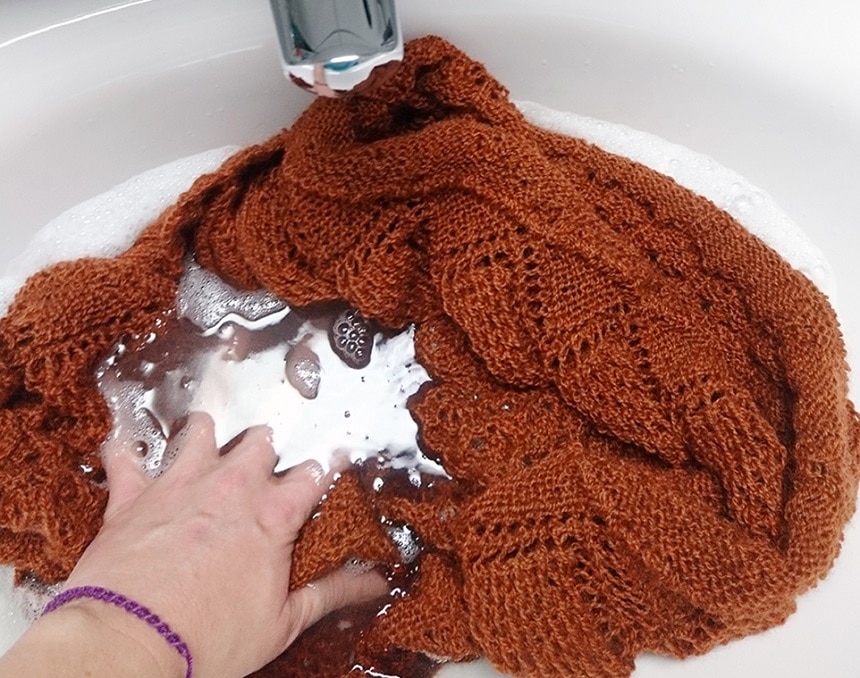
Fill the bowl, tub or sink with water. Be sure to leave an allowance to avoid an overflow when the garment/project is immersed. Soak the project in the water. You will know it is fully immersed when bubble stop coming to the surface. Leave the project to soak for about 20 minutes.
While you are waiting for the soaking time to elapse, prepare the blocking surface. Lay out the blocking board or mat and place a towel on it. Once the 20 minutes are over, remove you knit piece from the bowl or tub then squeeze it gently to remove excess water. Wringing or using too much force to squeeze will compromise your results.
Place the project on the towel then roll it from the bottom up. When it is completely rolled up in the towel, press it gently to drain as much moisture left in it as possible.
Step 2: Blocking
Lay the dump project right side up onto the blocking mat then adjust it to your finished measurements. Once you are satisfied with the measurements, pin the project’s edges to the blocking mat. Ensure you pin the piece to the correct length. You can place the first pin in the top center, then move to the bottom center. You must also pin it to the correct with according to your finished measurements.
Once you are done, allow the project to air dry. Drying takes some time so you will have to be patient. You can block in the afternoon or in the morning to allow the project to dry overnight. Do not be tempted to move the project before it dries. You will ruin your hard work.
The only difference between steam blocking and wet blocking is that steam blocking uses steam to relax the fibers. Different knitters use different steam blocking techniques. Some pin their work to the desired size and shape before steaming while others steam before pinning. You will need an iron box with a steam setting for this method. Here is how to pin first before steaming:
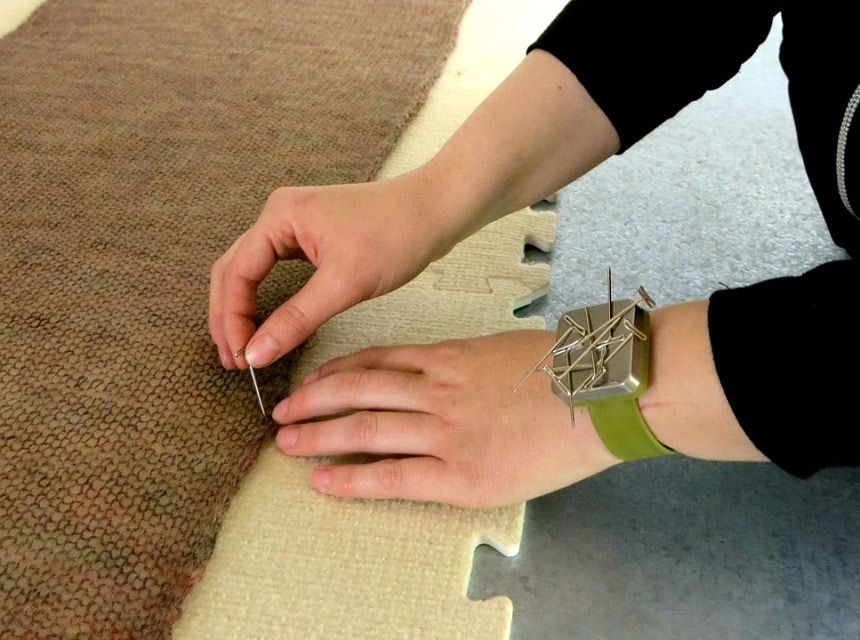
Place your project of the blocking mat then pin it down. Ensure you get the measurements accurately.
Set the temperature of your iron to the lowest setting that allows steam.
You can choose to use a blocking cloth or pressing cloth for ironing to reduce the risk of touching the project with the hot iron. This is especially important if you are working with synthetic fibers.
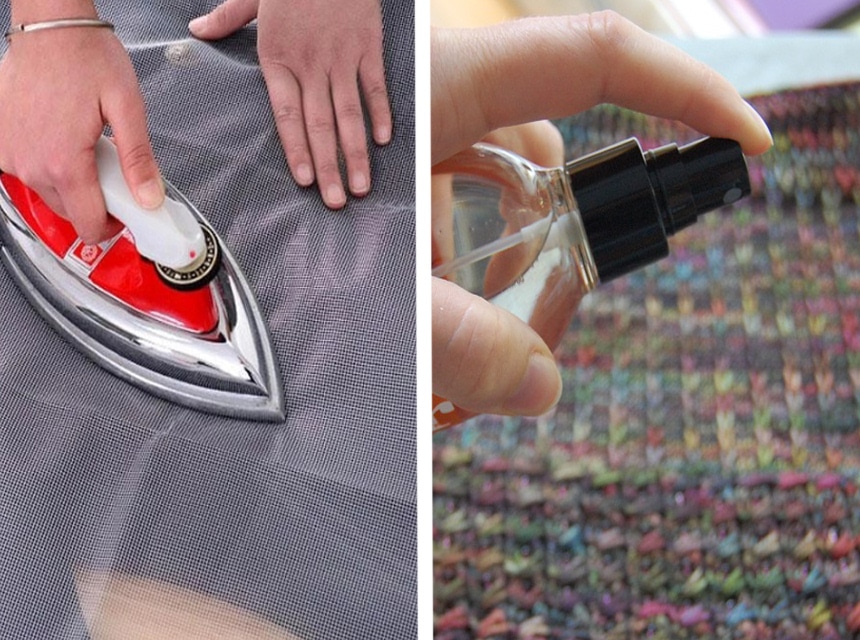
If you can’t get a pressing cloth for ironing, you can simply wet a piece of cloth and use it as a blocking cloth. If you are doing heavy blocking, then you can just spray the piece of cloth with a spray bottle. If you are doing light or medium blocking then it’s necessary to saturate the cloth with water then squeeze out the excess so that it is not dripping.
Next, lay the wet blocking cloth or pressing cloth for ironing on top of your pinned project.
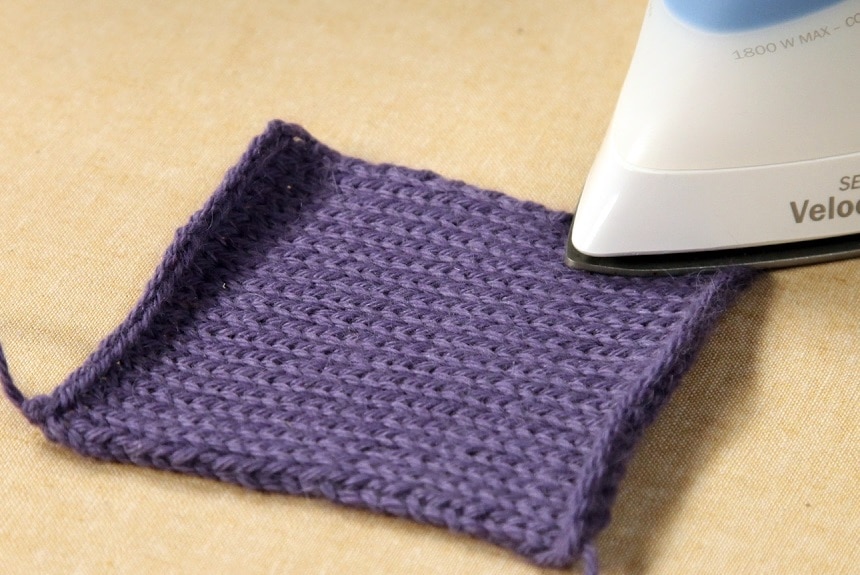
Grab the already hot iron and steam the entire piece gently in an up and down motion. Do not apply any pressure and do not do it in a side to side motion. If you use pressure, your risk damaging your fabric.
You can touch the pressing cloth with the iron and hold it still for a few seconds. Do not hold for too long, especially if you are working with synthetic fibers. Over steaming or overheating can melt synthetic fibers.
Move on to the next spot until the entire piece is steamed. It is the moisture of the steam that does the blocking.
If you are doing light blocking, you can lift off the pressing cloth and allow the project to air dry. If you are doing heavy blocking then you can leave the cloth in place until it dries before lifting it off. If the project is still damp in either cases, do not touch it until it dries completely.
The steam blocking method is also popularly used to manipulate stiff and bulky seams. When you are done sewing your garment together and you wish to steam the seams, you can place a rolled towel underneath the seam then place a pressing cloth on top before steaming it with the iron.
Spray blocking, also known as misting is the simplest blocking method. It is the best for light blocking. If you intend to do heavy blocking to soften up thick and coarse wool then this isn’t the best blocking technique for you.
All you need to do with this method is grab a spray bottle and fill it with water. Pin down your project to the blocking mat with the correct desired dimensions. Lightly spritz the project with water from the spray bottle. Ensure it is damp enough just to get the fibers to relax. It should not be soaking wet. Once you are satisfied that it is saturated enough, allow it to air dry.
Blocking knitting is not a scary ordeal like most people claim. Yes there is the fear of ruining your project especially if you are working with delicate fabrics but its pros outweigh its cons. Sometimes you just don’t get pinterest-worthy knits even if you use the best knitting techniques or the best knitting machine out there. Knit blocking can be your savior in such circumstances. It helps you add professional finishing touches to your hand knits transforming them into beautiful pieces worth showcasing.
The secret to successful block knitting is establishing the type of fabric you are working with then choosing the most appropriate technique from the 3 tried-and-true ones to use. Stock up on all the blocking essentials for an easier time. You can buy a bundle that comes with all the essentials to get good value for your money.
